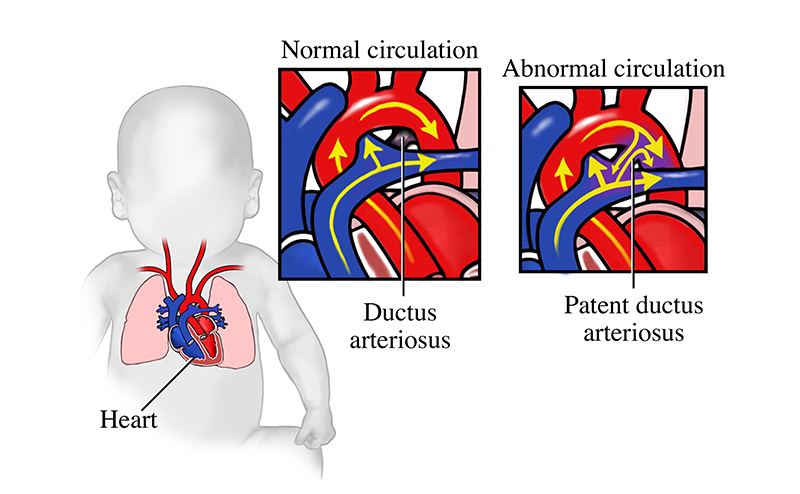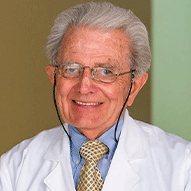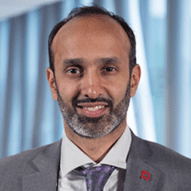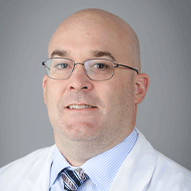Dallas
214-456-2333
Fax: 214-456-2714
Plano
469-303-4300
Fax: 469-303-4310
Park Cities
469-488-7000
Fax: 469-488-7001
Prosper
469-303-5000
Fax: 214-867-9511
Request an Appointment with codes: Cardiology (Heart Center)
Children from across North Texas come to our program for our expertise in minimally invasive treatment options and our successful treatment of patent ductus arterioles (PDAs) even in very small premature infants.
214-456-2333
Fax: 214-456-2714
469-303-4300
Fax: 469-303-4310
469-488-7000
Fax: 469-488-7001
469-303-5000
Fax: 214-867-9511
Request an Appointment with codes: Cardiology (Heart Center)
Before birth, babies have a connection (the ductus arteriosus) between the two main blood vessels in their heart. In the womb, babies receive oxygen-rich blood from their mother’s placenta, so blood doesn’t need to go to the lungs to pick up oxygen. The ductus arteriosus allows oxygen-poor blood to go to the placenta, bypassing the lungs.
Shortly after birth, this connection should close. If not, it’s called a patent ductus arteriosus (PDA). After birth, a large PDA can allow oxygen-rich blood flow back into the lungs instead of out to the body. The excess blood flow forces your child’s heart and lungs to work harder, which can damage them.

Children with a small PDA may not have symptoms, or symptoms might develop later, even in adulthood. Large PDAs can cause signs and symptoms soon after birth.
The symptoms of patent ductus arteriosus (PDA) may look like those in other, less serious conditions. If you notice any of these signs or symptoms in your child, contact your child’s pediatrician who can decide if more testing is necessary.
Doctors often diagnose PDA in premature infants while they are in the neonatal intensive care unit (NICU). A small number of full-term infants may go home and be diagnosed later after experiencing symptoms. Your child’s pediatrician will start with a comprehensive physical exam that includes:
If the pediatrician suspects that your child might have PDA or other heart problems, they may refer your child to a pediatric cardiologist for further testing. At Children’s Health℠, our pediatric cardiologists specialize in recognizing the signs of heart conditions, such as a PDA, that affect children. We offer comprehensive testing to uncover the causes of your child’s symptoms and plan the right treatment for them. Learn more about our cardiac imaging.
To confirm a diagnosis of a patent ductus arteriosus, your child may need tests including:
In most cases doctors don’t know exactly why a PDA does not close. It’s more common in premature infants, but not all premature infants develop a PDA. In some patients, the PDA is genetic or a part of a syndrome.
Treatment for patent ductus arteriosus varies depending on the size, the amount of the blood flow and your child’s size. Your child’s care team includes neonatologists (doctors who specialize in newborn care), pediatric cardiologists, pediatric interventional cardiologists and pediatric heart surgeons. The team works closely with you to decide on their right treatment for your child.
Our advanced care includes:
In addition to these treatments, premature babies and babies with a large PDA need special, high-calorie formula. This formula helps babies who have difficulty feeding gain weight and grow properly.








Yes. Children with repaired (closed) PDAs or very small PDAs (without closure) can live active, healthy lives. Your child’s activity levels, appetite and growth should improve after they recover from surgery.
The majority of significant PDA’s must be closed to protect your child’s heart and lungs and provide enough oxygen to the body. Fortunately, in most patients, doctors can use catheterization techniques. Most children won’t need traditional surgery. These advanced catheter procedures can close the PDA with lower risks and a faster recovery. Children (other than premature infants) can often return home the same day or the next day after cardiac catheterization.